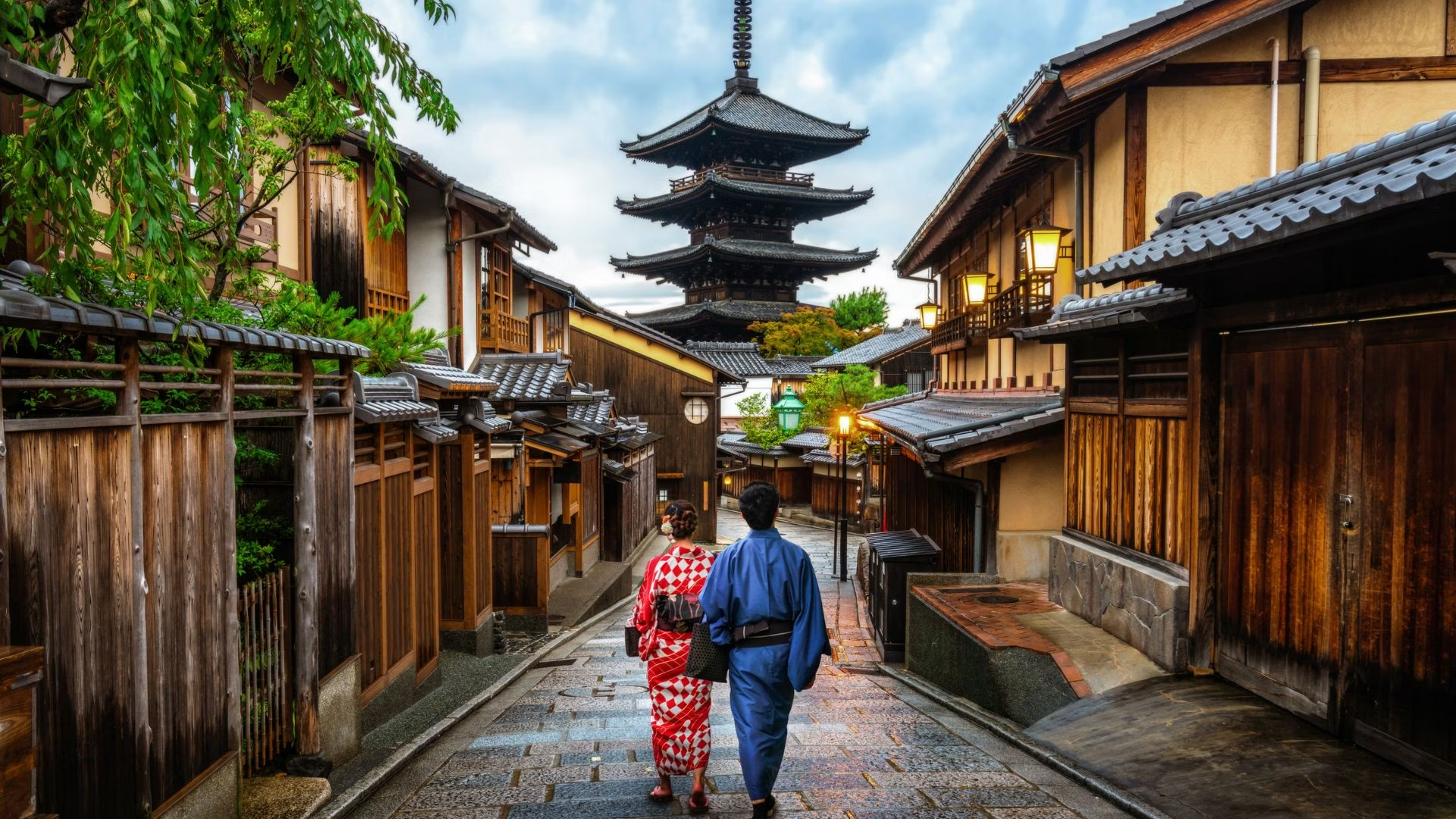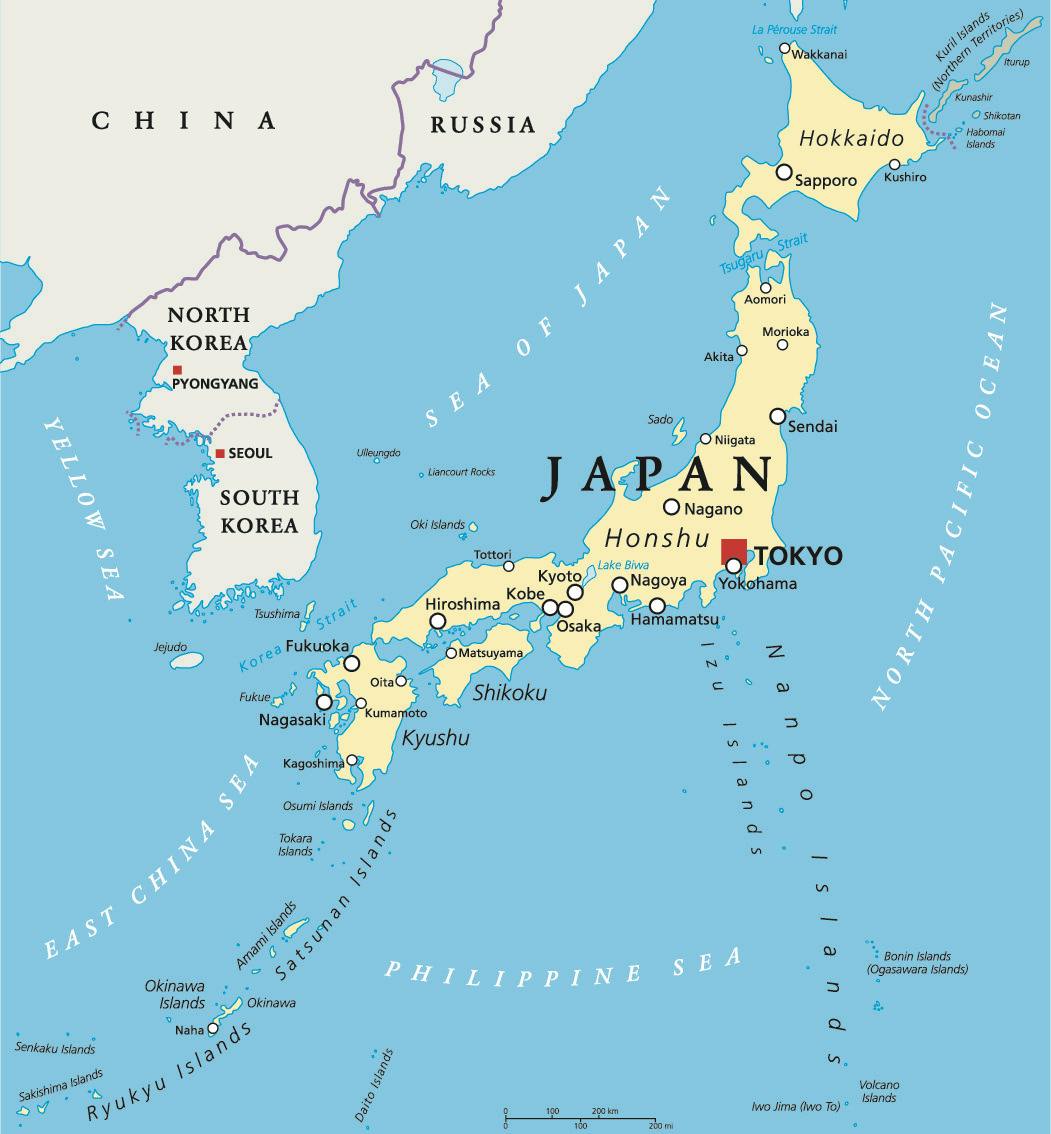Discover Japan
Japan is a country deeply set in its customs and traditions, while also embracing the new and modern located on the east coast of Asia. It consists of a string of islands stretching approximately 1,500 miles through the Pacific Ocean. The landscape is rugged with more than four-fifths of it consisting of mountains, plus there are also many active and dormant volcanoes, including Mount Fuji—Japan’s highest mountain.
For a country that holds tight to its ancient cultural traditions, it has also emerged as one of the world’s most economically and technologically advanced societies and is one of the world’s most literate countries.
From a lively surf scene to stunning skiing destinations, traditional stays in a ryokan to an energetic, all-night club scene and a quirky anime culture, to holistic experiences and wellness resorts, beaches, and hot springs there is something for everyone visiting Japan.
What is the best time to visit Japan?
The best travel time depends on what you’re looking to do during your travels. To view the famous cherry blossoms, April to May is best and is also the country’s peak travel period. Golden Week in early May offers warm weather and an array of national holidays.
Travelers seeking alpine hiking adventures and summer festivals should travel June and July. While August is the optimal time to enjoy cooler mountain destinations, while mid-July to mid-September is ideal climbing season. For travelers seeking a hiking adventure, November is an ideal time for hiking through the forests of Mt Takao and Mt. Mitake to enjoy the fall foliage. And, to enjoy the winter activities and snow, December to March is the best time to travel and when accommodations are at their cheapest. However, keep in mind that some businesses close over the New Year period and temples and shrines get flooded with Japanese families; city travel might be best during this time, including Tokyo for big New Year parties.
What is the best way to get to Japan?
The best way to get to Japan from the U.S. is by plane as an average flight is about a 12-hour journey. Keep in mind that flight times depend on the destination you’re departing from, weather, and flight times. Flights from the U.S. usually have one or two stops, due to the long travel time. However, there are two airports that offer non-stop flights to Japan from the U.S.—Haneda airport (HND) officially Tokyo International Airport located south of Tokyo and Narita International Airport (NRT), located east of Tokyo both offer nonstop options from the U.S.
How to get around Japan?
The quickest and most affordable way to get around Japan is via the country’s train system. There are three main railway systems—Japan Railways (JR) including Shinkansen (Bullet Trains), which interconnect almost every city with lightning speed; the subway system which gives travelers access to the major metropolises and their outskirts; and luxurious sightseeing trains for travel between and within regions.
IC cards such as the Suica and Pasmo can be used across most train systems. While credit card tap payments at the ticket gates have not yet been introduced, mobile app versions of major IC cards are available.
For sightseeing, one-day and multiple-day passes are offered in many cities and regions. The Japan Rail Pass offers unlimited rides throughout the country for a economical option for those traveling longer distances.
Don’t forget to grab your “ekiben” (packed meal) and beverage to enjoy onboard and enjoy the passing scenery of your longer rail trip. You can grab your “ekiben” or bento box on platforms at major stations. Keep in mind, however, that eating on trains is reserved for long distance travel; it’s frowned upon to eat on subways or trains.
Do I need a visa to visit Japan?
American and Canadian citizens do not need a visa to enter Japan for stays of up to 90 days.
How many days should I spend in Japan?
For optimal touring, a 2-week trip would be ideal to discover the Japanese archipelago, which allows travelers to visit Tokyo, Kyoto, and their surroundings. However, it might not be easy for everyone to spend 2-weeks traveling; a week minimum would be ample time to discover a few of the tourist hotspots.
What are the top 5 places to visit in Japan?
1. Tokyo
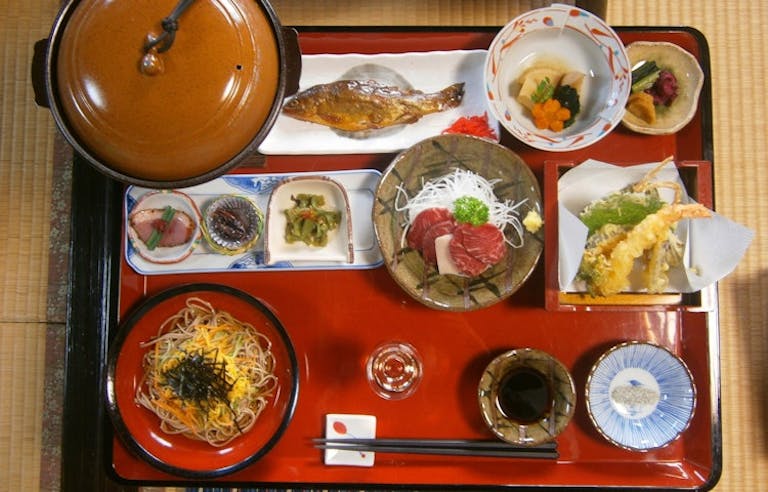
Tokyo mixes traditional culture while embracing modernism, which is evident in everything from the contrasting architecture to its vibrant arts scene and culinary options. While in this vibrant city, must-dos include: the Tokyo National Museum, Ghibli Museum, Golden Gai is a collection of unique, tiny bars; the Shibuya Crossing, and the Imperial Palace. Also, don’t miss the Akihabara district, the hot spot for anime.
2. Kyoto
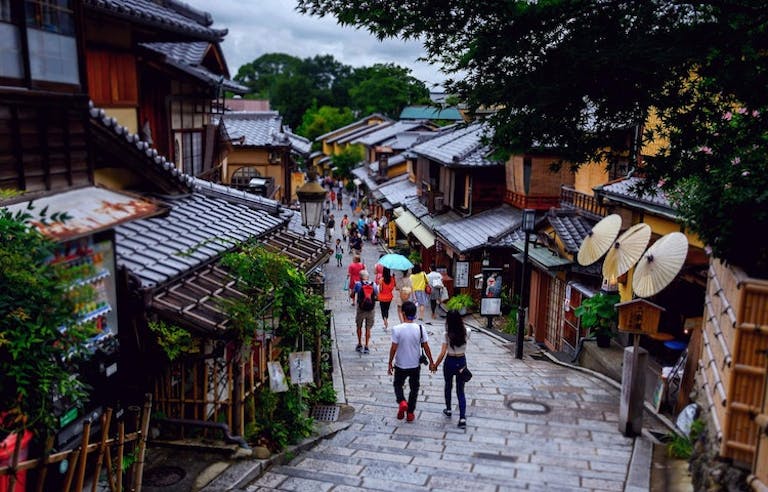
Kyoto is the spot to experience old Japan with its temples, gardens, traditional treehouses, and geisha culture. While here, visit the Nishiki Market, the Arashiyama Bamboo Grove, the Fushimi Inari-Taisha, a complex featuring five shrines, which is set across the wooded slopes of Inari-san, and Enryaku-ji, a complex filled with temples (about 120) and forests that are ideal for hiking.
3. Osaka
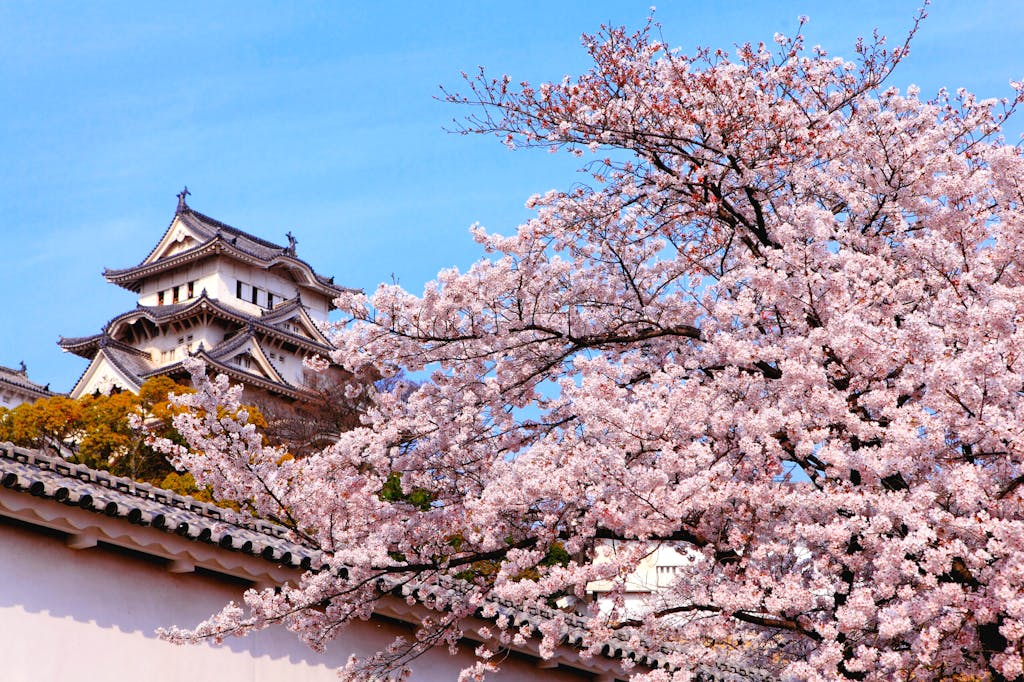
Osaka, the country’s third-largest city, is a vibrant and colorful city featuring neon signs and offers a happening culinary scene with lots of pubs, “izakaya.” A few of the top places to see are Osaka-jō, Dōtombori—a lively nightspot, Abeno Harukas—Japan’s tallest building and its 16th floor observatory offering 360-degree views, the Osaka Aquarium Kaiyūkan, and the National Museum of Ethnology showcasing the world’s cultures and how they’re connected.
4. Nagasaki

Nagasaki, synonymous with the dropping of the second atomic bomb, offers more beyond its dark WWII history. Beyond the bomb museums, monuments and memorials, travelers can explore shrines and temples, plus a vibrant culinary scene, and a peaceful harbor. Don’t miss Peace Park, the Atomic Bomb Museum, and the National Peace Memorial Hall (all steps from one another), as well as Dejima, Ōura Cathedral—a UNESCO World Heritage Site, and Hashima—a UNESCO World Heritage Island.
5. Northern Japan
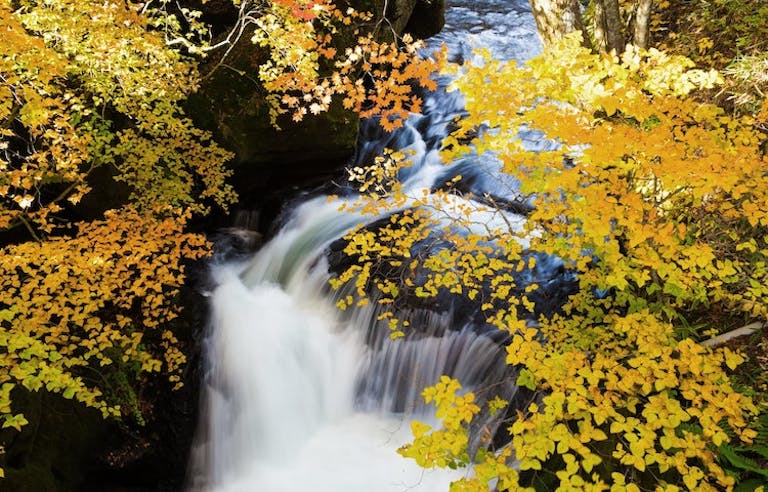
Head to Japan’s northern lakes and mountains for a insider look at the Shugendo mountain faith and explore the three sacred mountains of Dewa Sanzan. Discover spiritual traditions and relax in hot springs. Visit Dewa Sanzan, Mount Hakkodo, and Lake Towada!
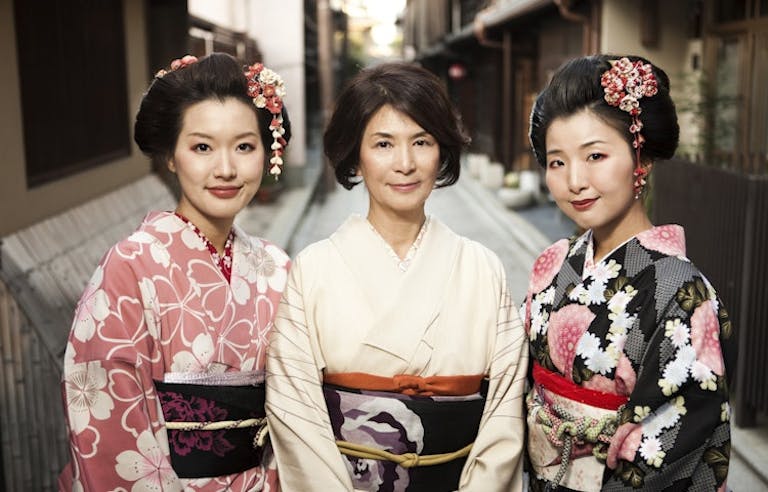
What are the best adventure tours in Japan?
1. Japan Kumano Kodo Walking Tour
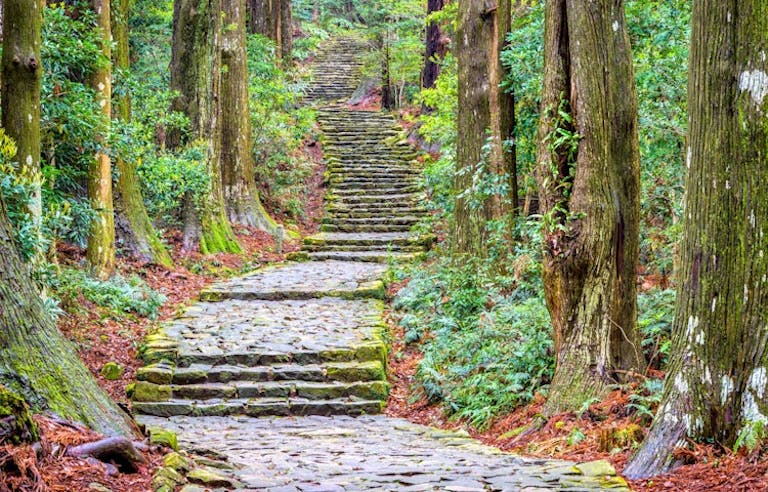
This 8-day trip with MT Sobek, takes guests on an immersive journey as they explore Japan’s cityscapes and countryside, while also learning about ancient pilgrimage traditions on the Kii peninsula. The trip starts in Osaka and ends in Kyoto with a 5-day hike in between that takes adventurists along the Nakahechi section of the UNESCO-listed Kumano Kodo—an ancient web of pilgrimage routes. On this journey travelers will get to explore sacred shrines, experience a restful night in a ryokan inn, dine on local dishes, and recover from a day of hiking in a natural hot spring. This itinerary starts at $6,895 for travel March – May and September – November; the minimum age requirement is 12 years old.
2. Kyoto to Tokyo Ancient Trails, Sacred Temples & Bamboo Forests
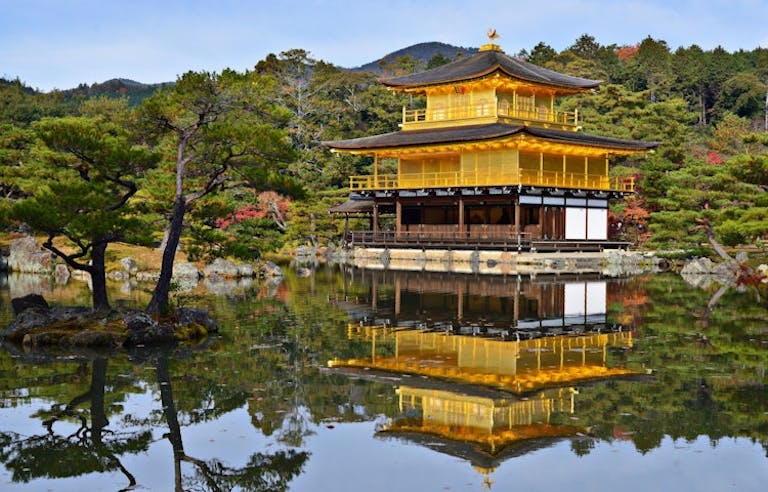
Travelers will explore Japan’s timeless traditions on this 11-day walking tour. Starting in Kyoto, this journey follows the Nakasendo—a network of ancient trade routes—and ends in Tokyo. Guests will explore temples, shrines, and hamlets while taking in the lush gardens, forests, and cherry blossoms when they’re in bloom. In addition, travelers will get to explore Kyoto’s UNESCO-listed Kinkaku-ji and Ryoan-ji, as well as the picturesque bamboo forest of Arashiyama. Guests will also get to stay in a “shukubo”—temple lodging and family-run inns. The trip starts at $7,995 for travel March – May and September – November for travelers 12 and over.
3. Japan Sacred Northern Lakes & Mountains Hiking Tour
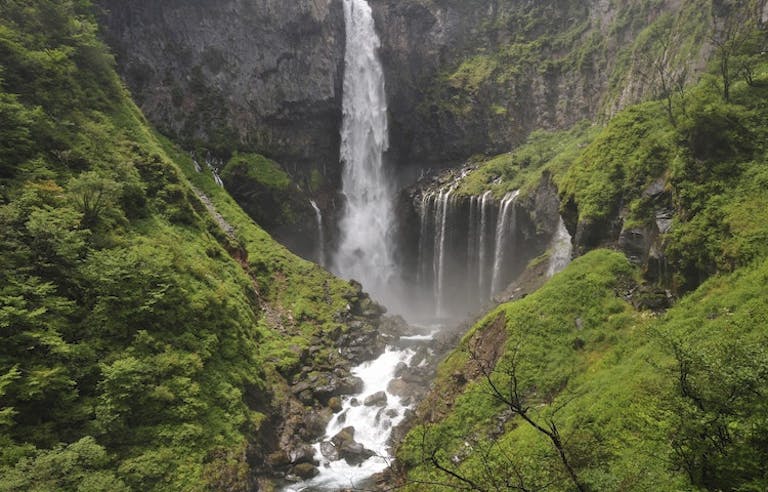
On this journey, travelers will explore Honshu’s Mountain destinations, while also visiting Tokyo and Nikko. While in Nikko, guests will explore Nikko National Park’s UNESCO-listed temples, as well as the volcanic Hakkoda Mountains and Dewa Sanzan, home to Shugendo’s holiest shrines. Travelers will hike along lakes, mountain streams, and take a dip in an onsen. The 13-day MT Sobek adventure starts at $10,295; minimum age for travel is 13. This trip is available July – September.
Where are the best places to stay in Japan?
Japan offers a wide variety of accommodations to suit every traveler’s needs and budget. From traditional ryokans to comfortable hotels, Japan has something for everyone.
Our MT Sobek-run Japan active adventures include charming family-run ryokans, historic Japanese castles and modern hotels, all surrounded by spectacular scenery. Here are just a few of our favorite accommodations.
1. Matsushiroya, Tsumago
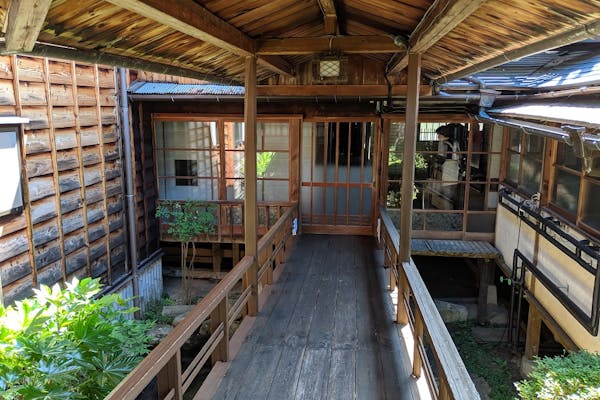
Stay at a historic, well-maintained ryokan in Tsumago. Guestrooms feature Japanese style “Tatami” straw mat floors with a central table and cushions to unwind during the day, in the evening it’s transformed with thick futons on the “tatami” for a restful night’s sleep. After dinner, enjoy a scenic walk through town. Experience warm hospitality from the local staff who are friendly and attentive throughout your stay!
2. Komanoyu, Fukushima
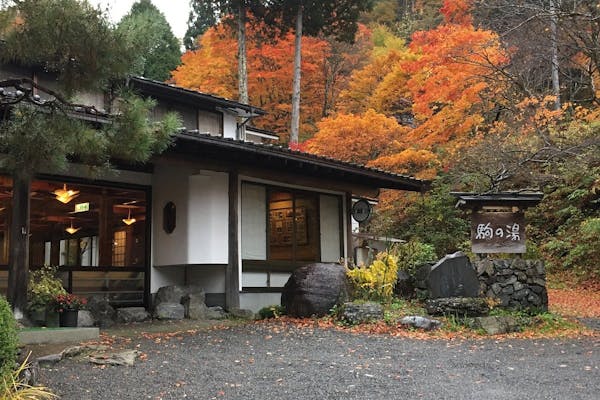
Sleep like royalty with a stay at a traditional Japanese ryokan in Fukushima. castle. Komanoyu has lovely, big onsen baths with indoor and outdoor sections (separate baths for men and women). Just grab your traditional Japanese towel for modesty and pad down to the bathing space for complete relaxation. Sleep well atop futons in the spacious guest rooms, and enjoy traditional Japanese dishes. Wi-Fi is available in the lobby area.
3. Organic Hotel Takahara Kiri-no-sato
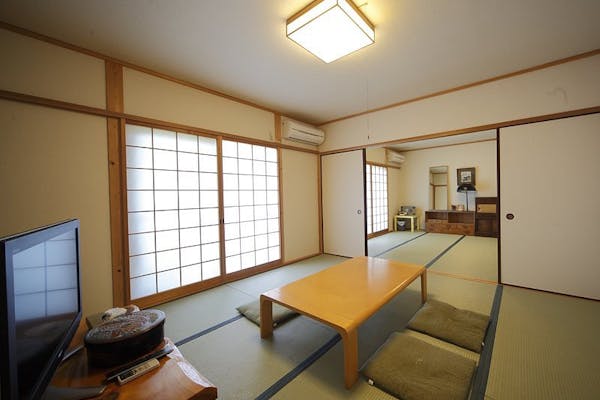
Relax with vista views and mountain scenery at Organic Hotel Takahara Kiri-no-Sato, which is tucked away in the Hatenashi mountain range! This friendly lodge, made of local wood features eight rooms: three Japanese-style tatami rooms and five with twin beds. Along with its restaurant and café/bar, and Wi-Fi throughout, the inn features onsen (hot spring) baths, ideal for soaking in after a long hike.
Things to know about Japan
Japan is a country based on culture and customs. Japanese people are less used to body contact—hugs, kisses and handshakes used as greetings. The Japanese people are accustomed to bowing to greet people. Travelers can offer a courteous nod or bow of the head when greeting someone or entering/leaving an establishment.
The local custom of taking off shoes when entering an establishment comes from a history of sitting or sleeping on “tatami” flooring. Having easy to remove shoes will make your travels easier around Japan. The protocol is to remove shoes at the entrance inside the doorway and slip on the indoor-use slippers provided. When inside, slippers are removed when on the “tatami” mats or while using the bathroom—a separate pair of slippers will be in the restrooms for your use.
What is the language in Japan?
Japanese is the official language, however there are still lesser-spoken languages across the islands including: Amami, Kyukyu, and Miyako. Korean and Chinese is also spoken by some of the population and English is spoken in the major cities.
What to eat in Japan?
Seafood is the main source of protein in Japanese cuisine, and Sushi is the most famous Japanese dish. Sashimi, thinly sliced raw fish or seafood, is also a popular dish including uni or sea urchin sashimi often served in its own shell. If you’re daring, you can even try chicken sashimi—raw chicken sashimi made from a specific breed of Japanese chicken known as the “blue foot chicken,” which contains a lower risk of salmonella—restaurants require a special license to serve this dish.
Ramen and tempura are also traditional Japanese foods not to miss. Though meat is less popular in Japanese diet, meat dishes such as tontkatsu, wagyu and yakiniku are current popular options. Unagi, freshwater eel, is another delicacy common in the region.
Oh, and don’t forget to sip on some sake while there, too.
What is the currency in Japan?
Foreign currencies are not accepted for payments in most places in Japan. The local currency is the yen—and it’s mostly a cash-based society. Credit cards are rarely accepted in small cities and towns. Cash is often the only way to pay for entrance fees at tourist sights, as well as smaller restaurants and shops. However, in big cities, credit and debit cards are widely accepted. Apple Pay is also accepted in some locations, but Google Pay won’t work for phones bought outside of Japan.
What is the electricity in Japan?
Standard voltage is 100 V and the frequency is 50/60Hz. You can use your electric appliances if they standard voltage in your country is between 110-127 V as it is in the U.S. A good resource to see images of plug types is www.power-plugs-sockets.com.
What is the time zone in Japan?
Japan Standard Time (JST), which is 13 hours ahead of EST in the summer and 14 hours in the winter.
What to wear in Japan?
Dress modestly and in muted colors. The lively colors seen in Harajuku aren’t typical in other areas. Tatty looking clothing is frowned upon, especially when visiting temples, shrines, and traditional restaurants.
Layering is key as the weather can vary. Lightweight fabrics are ideal for the spring and fall, and in the winter a coat or insulated jacket is a must. In addition, travelers should avoid revealing clothing when visiting temples and shrines. Denim isn’t a popular fashion choice for those beyond their teens, black jeans are more widely acceptable. Though COVID is over, people generally still wear face masks in public places and while on public transportation. Though mask-wearing outside is not required, visitors should be mindful and do as the locals do when unsure. Comfortable walking shoes that can easily slip on and off are a must.
